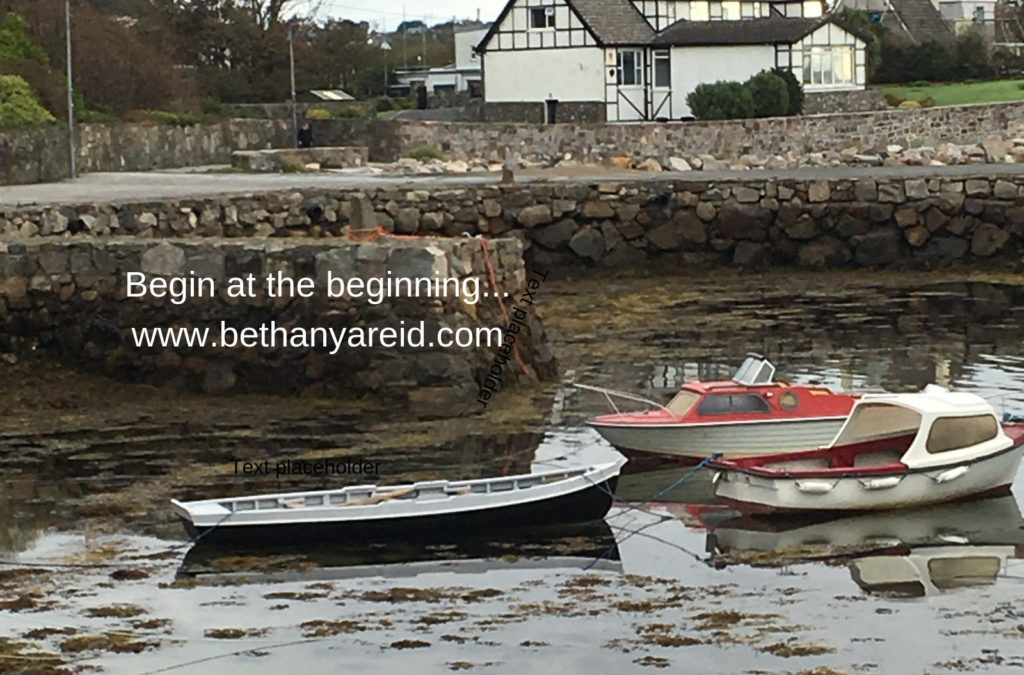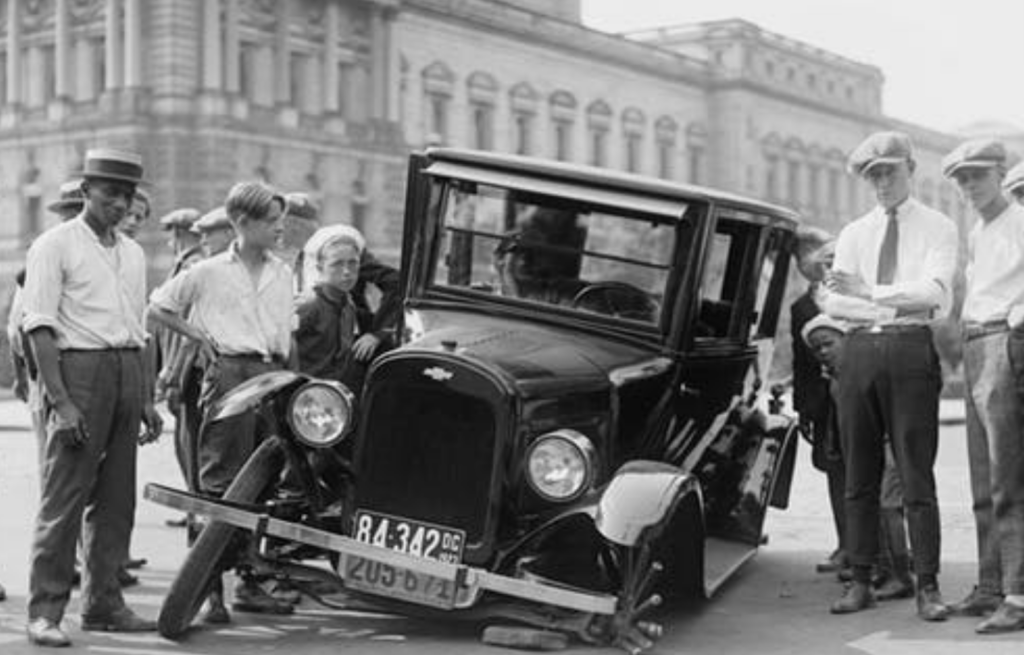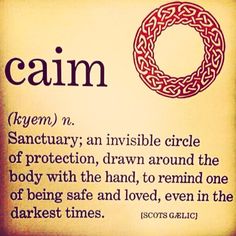Your 2nd prompt for WRITING THE CIRCLE
(If you missed the first prompt, click here. For the introduction to this short series of FREE prompts, go here.)
“Without the motivation of desire, without hunger, you would achieve nothing since you would want for nothing.” –Laura Day
Laura Day’s The Circle is all about making a wish and turning it into reality. Today, I want you to home in on what that wish can POSSIBLY be.
When I work one-on-one with students on this exercise, I see two ways in which they get stuck. First, we have learned so well how to squelch our desires, to not get “too big for our britches,” to be ashamed of our desires, that it’s hard to remember or even to recognize what we really want.
I do this all the time. I get what my husband wants and what my daughters want all mixed up with what I want. I suspect I have spent a lot of my life trying to keep my desires way way in the background, to keep myself small and invisible so that I didn’t draw attention to myself. (What happened to the Bethany that wanted to learn to scuba dive, walk the Great Wall of China, own a horse, climb a mountain?)
A second way we get stuck is—believe it or not—the flip side of gratitude, or of “gratitudes,” those lists of things we’re thankful for, or that we feel we should be grateful for.
In other words, we feel guilty if we aren’t grateful for what we have. But we can be grateful, and still want what we want. We can even be grateful for our desires! Sure, some of them may turn out to be false paths, but if you never allow yourself to explore them, how will you know?
We want to write a best-selling novel or have an award-winning book of poems, but once we finally admit what we want, we then spend the next several minutes (or weeks, or months) beating ourselves up for wanting what we know eludes so many other writers.
But in this exercise, there’s only approval. The longer your list, the better!
As my friend Louise says whenever anyone says, “I wish that I could…”:
“Permission granted.”
In the next prompt, I’ll be writing about action steps, but I’ve found that the first action step I always have to take is to give myself permission to want what I want. (Well, to figure out what it is that I want, and then to own it.) Only then can you come up with what steps are necessary. When I wanted to travel, for instance, my first actionable step was to get a passport.

So here’s your assignment:
In your Writing the Circle journal, list everything you’d like to create for your life. As I said above, at this stage, don’t censor yourself. Write down every possible desire that comes to mind. Wild, crazy, sane, everyday, general, specific. It can be messy! You aren’t choosing, not yet; you’re simply bringing into focus what you might want.
Of course you can list anything you want to create, but I want to encourage you (in this context) to think about what kind of writing / writing life you’re imagining.
Set your timer for 10 minutes (if you’re comfortable with more, by all means, go for 15 or 20). If you’re floundering, try setting a numeric goal, 8 things or 10 or 20. Let’s say you start with 20. Or–to borrow an exercise from How to Think Like Leonardo Da Vinci by Michael Gelb–you can go for 100. If you’re like me, you’ll find that the higher goal will tease things out that you haven’t thought of in years. The higher number will also help you get really really specific. Try breaking down your desires into more manageable chunks.
For instance, I might start with, “I want to write about my mother.” But what are 5 or 10 ways I can imagine that unfolding?
- a poem about how she named the trees when she was a girl
- a blog post about what my mother taught me about gardening and how that relates to writing
- a book of her recipes that I can give to my nieces and nephews
- a poem about mom and Nancy Drew
- an essay about how she read nothing but mysteries
- a mystery novel or novella about a woman who reads nothing but mysteries
So what do you dream of creating? Write it down, and, remember, NO JUDGMENT.
Step two for today’s work (you can spread this out over two days if you’d like) is to go back over your long list and CIRCLE only a few items that you really, really, really, really, really want. Yes, you can do the work of developing action steps for almost anything–but what are you willing and ready to begin working toward now?
Once again, I’d love to hear from you. Email me (bethany.alchemy@gmail.com), or leave a comment below. I’ll have one more post later this week; if you would like to take part in the entire FREE series, all you have to do is subscribe to my blog.
 Maybe you’ve heard this before, as I seem to see it everywhere lately:
Maybe you’ve heard this before, as I seem to see it everywhere lately:






 To my mind, THE CIRCLE isn’t necessarily “woo woo” (what do we mean by that? Spiritual? And what would be wrong with spiritual?), unless you want it to be. In the Prologue, Day reassures readers that The Circle is “not in conflict with any religious or spiritual beliefs,” and my experience has borne this out. You could understand it as an Irish Caim, a blessing circle. But it is not magic, and it is not about any realm of being other than the one we live in right now.
To my mind, THE CIRCLE isn’t necessarily “woo woo” (what do we mean by that? Spiritual? And what would be wrong with spiritual?), unless you want it to be. In the Prologue, Day reassures readers that The Circle is “not in conflict with any religious or spiritual beliefs,” and my experience has borne this out. You could understand it as an Irish Caim, a blessing circle. But it is not magic, and it is not about any realm of being other than the one we live in right now.